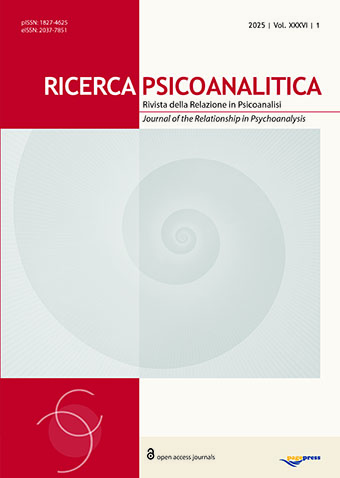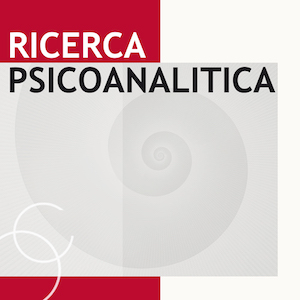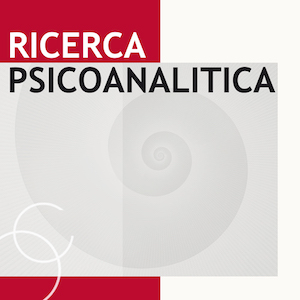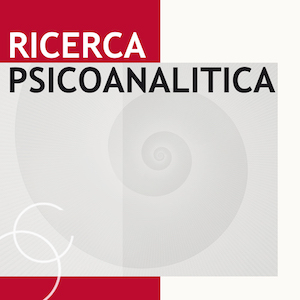SIPRe nel contesto internazionale: interventi al Forum International Federation of Psychoanalytic Societies (IFPS)
V. 36 N. s1 (2025)
Il corpo della presenza: sentire i processi della corporeità nel presente di un incontro analitico
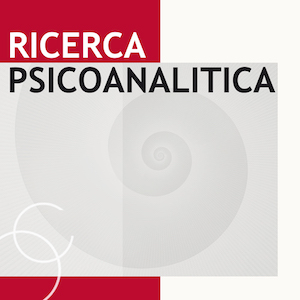
Publisher's note
All claims expressed in this article are solely those of the authors and do not necessarily represent those of their affiliated organizations, or those of the publisher, the editors and the reviewers. Any product that may be evaluated in this article or claim that may be made by its manufacturer is not guaranteed or endorsed by the publisher.
All claims expressed in this article are solely those of the authors and do not necessarily represent those of their affiliated organizations, or those of the publisher, the editors and the reviewers. Any product that may be evaluated in this article or claim that may be made by its manufacturer is not guaranteed or endorsed by the publisher.
Pubblicato: 17 luglio 2025
410
Visite
290
Downloads

